The Who and What for Pollination for Other Pollinators
Hover Flies
Hover Fly Text
Wasps
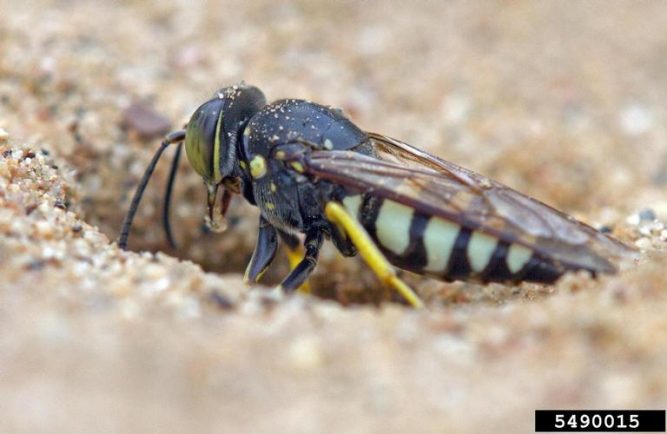
David Cappaert, Bugwood.org
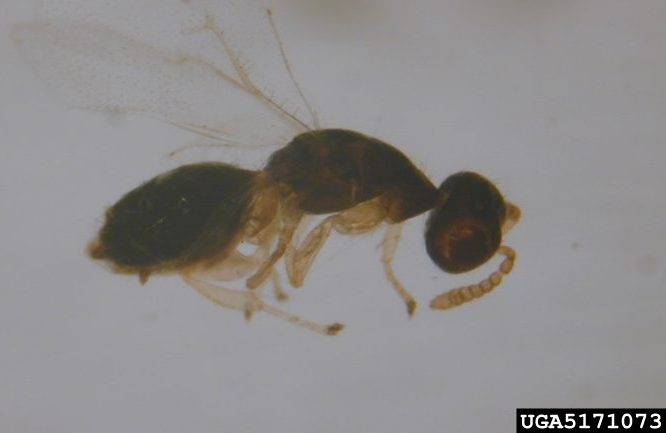
Forest and Kim Starr, Starr Environmental, Bugwood.org
While most wasps lack the extensive pollen clutching hair systems of bees, they do contribute to pollination. Many adult wasps, such as the yellow jacket, visit numerous flowers to feed on their nectar. These wasp hunt other invertebrates to provide a high protein and nutrient food source to their growing larvae. Because of this, not only do wasps provide pollination services for an ecosystem, but also a form of bio control for pests.
Ants
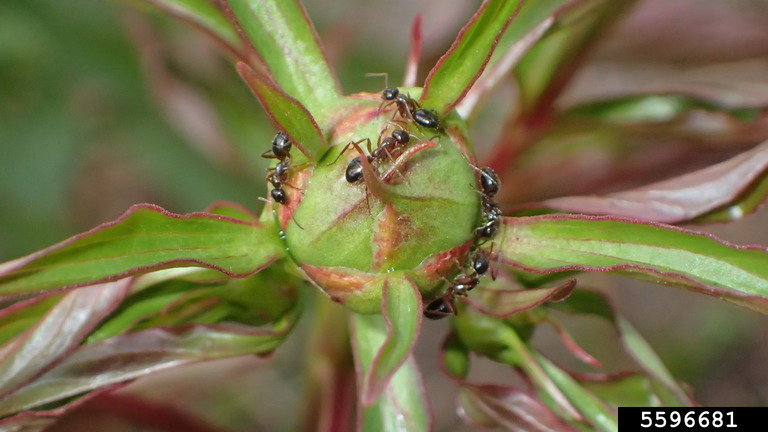
Whitney Cranshaw, Colorado State University, Bugwood.org
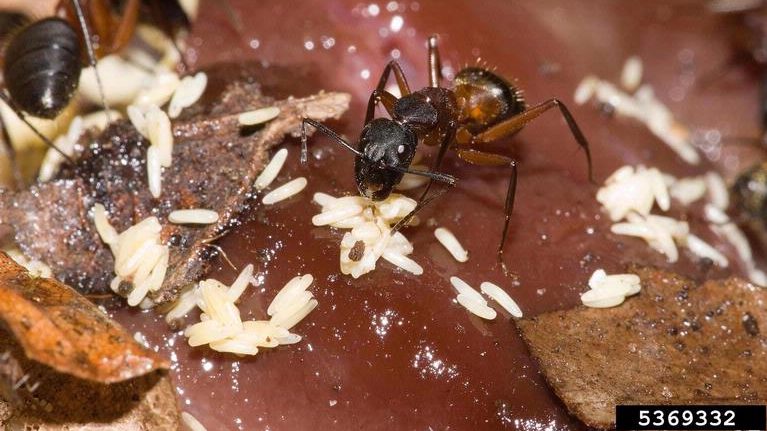
Susan Ellis, Bugwood.org
Ants make up a low percentage of pollination due to their inability to fly, and compulsive cleaning habits. All insects clean themselves to remove debris from their numerous sensory organs, including ants, which will actively dislodge pollen particles that have stuck to them. Where ants are successful as pollinators is in arid climates where there is a higher density of ants as compared to other insect pollinators. These ant utilizing plants are typically short in stature, and will entice ants with their nectar. Ants also provide numerous other benefits to plants other than pollination such as protection and seed dispersal. There are even examples of plants such as the genus Myrmecodia that have adapted their morphology to provide a home for an ant colony, which will protect the plant in exchange for shelter and nectar secretions.
Beetles

Laura Parsons, University of Idaho, PSES, Bugwood.org
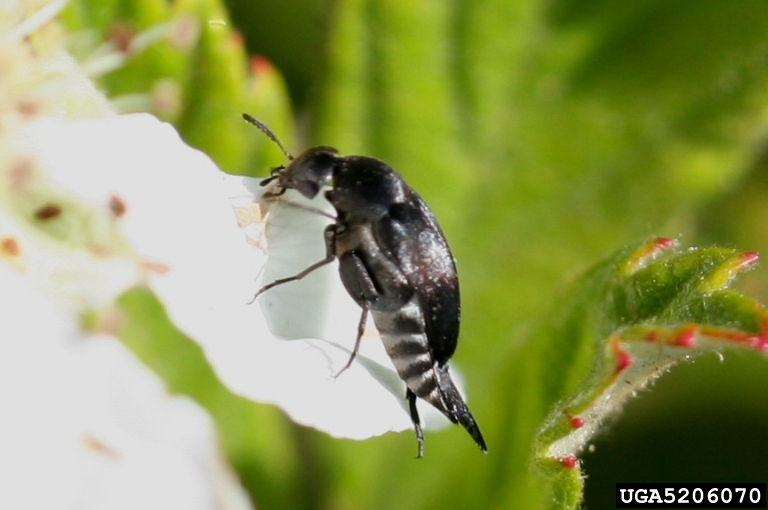
Johnny N. Dell, Bugwood.org
Beetle pollination, dubbed cantharophily has been present before the existence of other pollinators such as bees. Like ants, beetles are another example of pollinators in environments where there is a low density of other pollinators, a niche that beetles fit particularly well with their high adaptability lending them to fill a wide variety of niches. Some plants such as Oil Palm rely on specialized pollinating beetles. Beetle pollination is focal in tropical regions and often attracted to the flower by scent. Beetles often leave excrement within the flower.
Humans

Gerald Holmes, Strawberry Center, Cal Poly San Luis Obispo, Bugwood.org
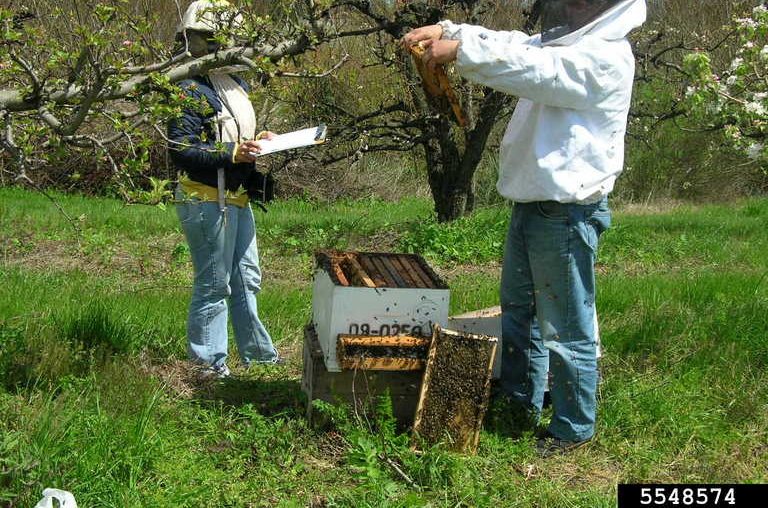
Juan Campá, MGAP, Bugwood.org